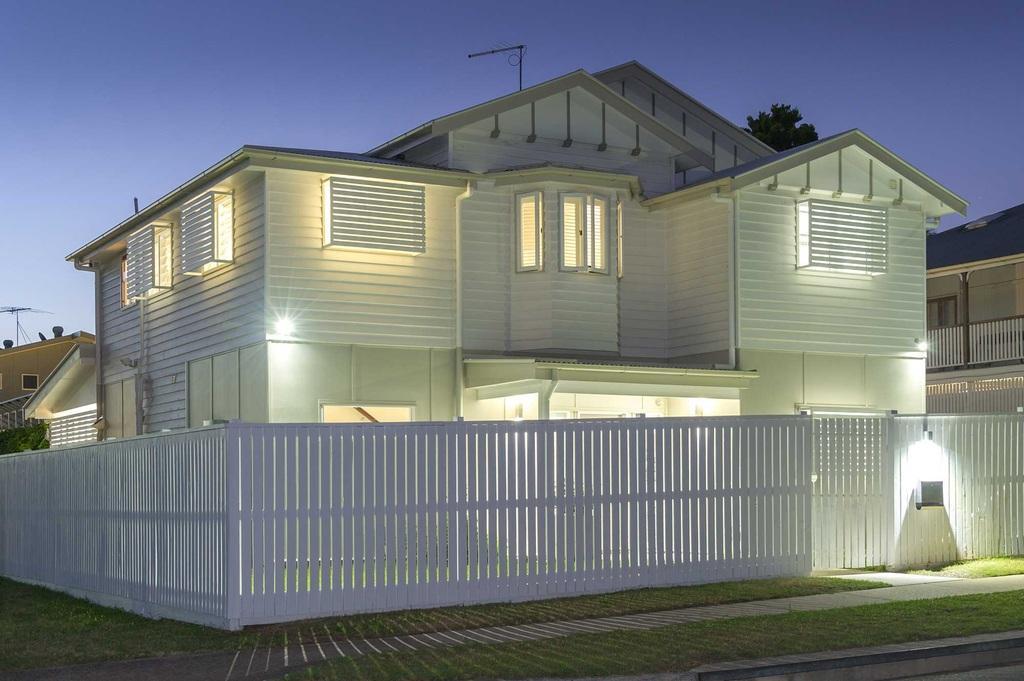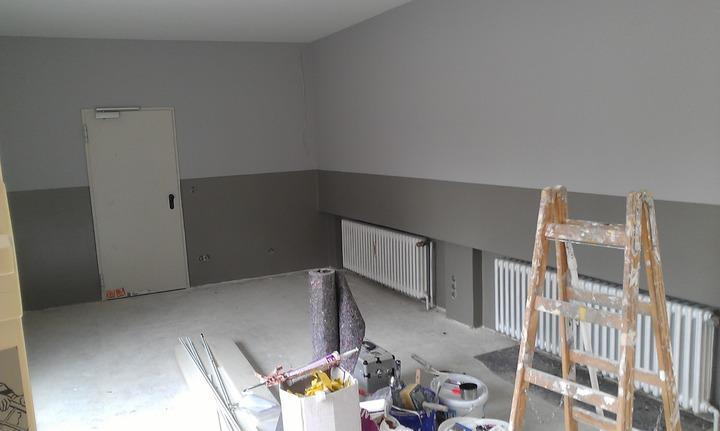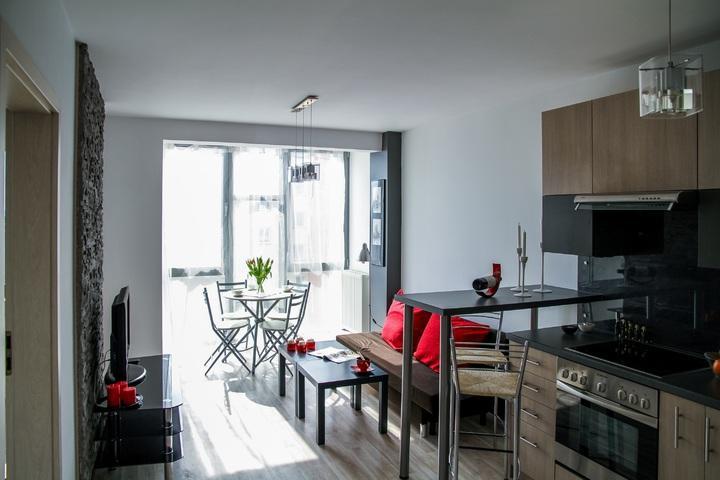Move-in Ready vs. Fixer-Upper: Which to Buy?

Blog contributed by John Butler of Omni Realty in Memphis.
"Move-in ready" and "fixer-upper" are two terms you're likely to come across during your home search. The interpretation of these two terms can be different, depending upon the individual.
A novice would interpret the home as a fixer-upper, while a buyer experienced in home improvement may consider the home move-in ready.
Sure, home improvement reality TV shows stimulate creativity. But, they also create deceitful perceptions of what a typical house would look like on a showing. The vast majority of houses you view will have their shortcomings, so it’s vital to understand the difference between fixer uppers and move-in ready homes.
Pros of Fixer-Uppers

Customization: Unlike move-in ready homes, fixer uppers give you more creative control. It allows you to put personal touches on your home. Did you want a large walk-in closet? Or an extra downstairs bathroom? With a fixer-upper, it's possible to make all these changes.
Low Competition: Compared to move-in ready homes, fixer uppers, generally, have less competition. In turn, this can help you gain more leverage when negotiating with sellers.
Reduced Prices: This is unquestionably one of the biggest advantages of purchasing a fixer-upper. Fixer-upper homes give eager homeowners an opportunity to own property even when they can’t afford the more desirable move-in ready ones. In addition, if you are lucky to get one in the right neighborhood and you manage to restore it, you could end up paying only a fraction of what your neighbors did for their homes.
Tax Savings: The price of a home determines the property taxes. So, if you buy a fixer-upper instead of a move-in ready home, your biannual property taxes will be less. Plus, you can claim an investment tax credit for qualified rehabilitation costs for some fixer-uppers, according to American Financial Resources, Inc.
Cons of Fixer-Uppers
Hidden Expenses: Sure, fixer-uppers cost less than move-in ready homes. However, the costs savings may not be worth it in the end. Hidden issues like mold or structural damage could wreak havoc on your budget.
Time-Consuming: Fixing a fixer-upper requires time and patience. The remodeling process, oftentimes, can take months until the home is move-in ready.
Extra Work: Fixer-uppers require more work, no doubt about that. You have to research and interview potential contractors. And if you are looking to save some money, you may also have to get your own hands dirty, too.
Pros of Move-In Ready Homes

Fewer Surprises: With fixer-uppers, it’s possible to find critter infestations, mold or structural issues. But with move-in ready homes, the likelihood of encountering these is much less.
Up-to-Date: Today’s market is rather competitive. Move-in ready homes come with modern trends and features. For example, eco-friendly options, updated appliances, and open floorplans. On the other hand, transforming a fixer-upper to have these same features can prove daunting.
Less Work: Fixer-uppers, no doubt, require a considerable amount of work. So, if you are not exactly a DIY kind of person or if you are on a tight deadline, a move-in ready house is a better option.
Energy Efficiency: New homes tend to be energy efficient. They are built to incorporate energy-efficient features that use less energy, without sacrificing comfort or quality.
Simpler Financing: Financing a fixer-upper isn’t an easy walk in the park. Many lenders shy away from homes that need structural repairs. On the contrary, conventional lenders will be happy to finance a move-in ready home so long as certain requirements are met.
Rent Savings: Savings on rent starts immediately. This is a big plus for those living in rented accommodations.
No Service Tax: You don’t have to pay service tax if you invest in a ready-to-move-in property. Usually, service tax is about five percent so that’s quite a lot of savings.
Verifiable Legal Status: It’s easy to check whether the developer has obtained Completion Certificate and Occupancy Certificate or not since the property is already completed.
Cons of Move-In Ready Homes
Expensive: Move-in ready homes cost significantly more than fixer-uppers. There is just no way around it.
Less Room for Personalization: Of course, everyone wants their dream home to be perfect. You may like the hardwood flooring and the master bath, but your significant other may not like the new kitchen. Either way, with move-in ready homes, some compromising may be necessary. If you are not the DIY type of person, the existing designs will just have to remain.
Architectural Details: Older homes have unique architectural details. Newer homes don’t. Although some may not find it an issue, others prefer some degree of uniqueness.
More legal work and documentation: Generally speaking, newer homes require a lot of legal work and paperwork. So, if you are looking to buy a move-in ready home, brace yourself for multiple visits to the Registrar’s office.
So, in the end, which one should you buy – a move-in ready or a fixer-upper? It’s entirely up to you. A fixer-upper is a great option if you wish to personalize your home. Conversely, a move-in ready home is a great option if you want to move in immediately. Take some time to weigh your preferences and options.
Whichever you choose, we'd love to help you find the perfect one for you! Fill out your information below and we'll be in touch.

